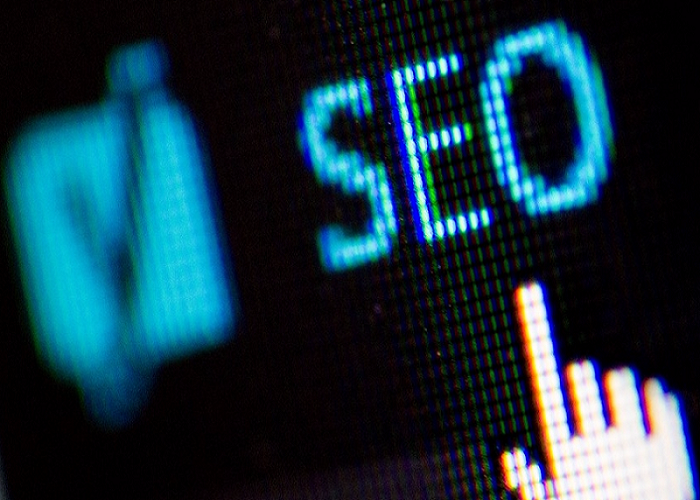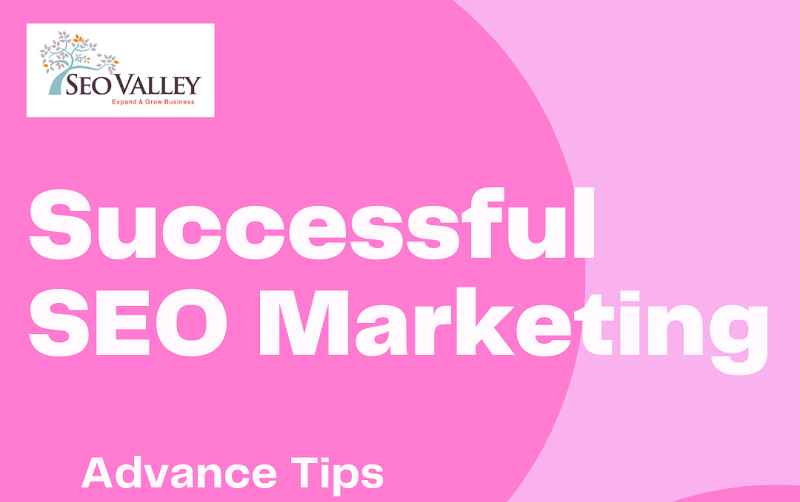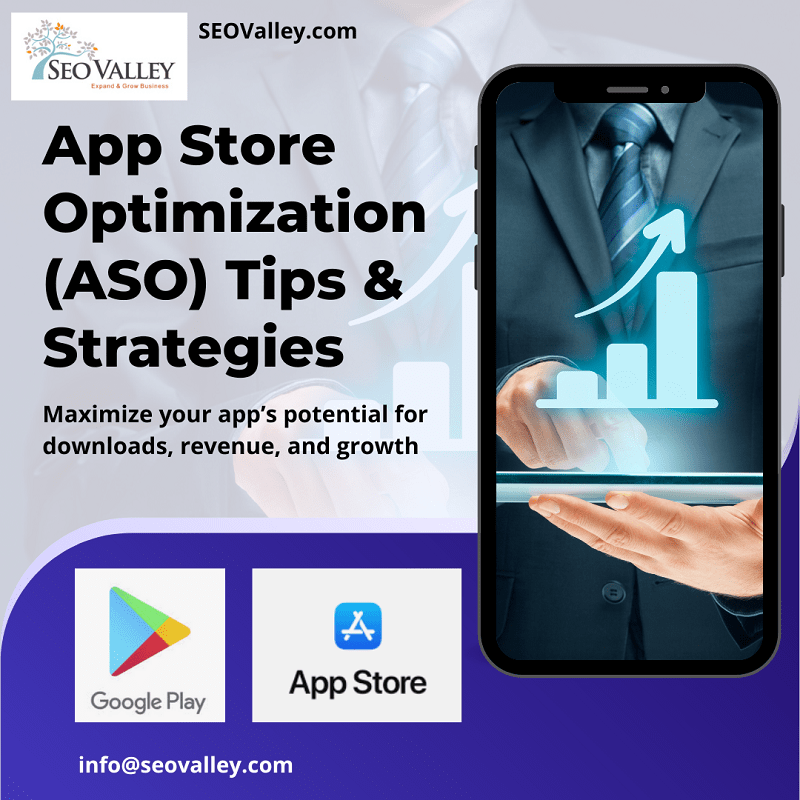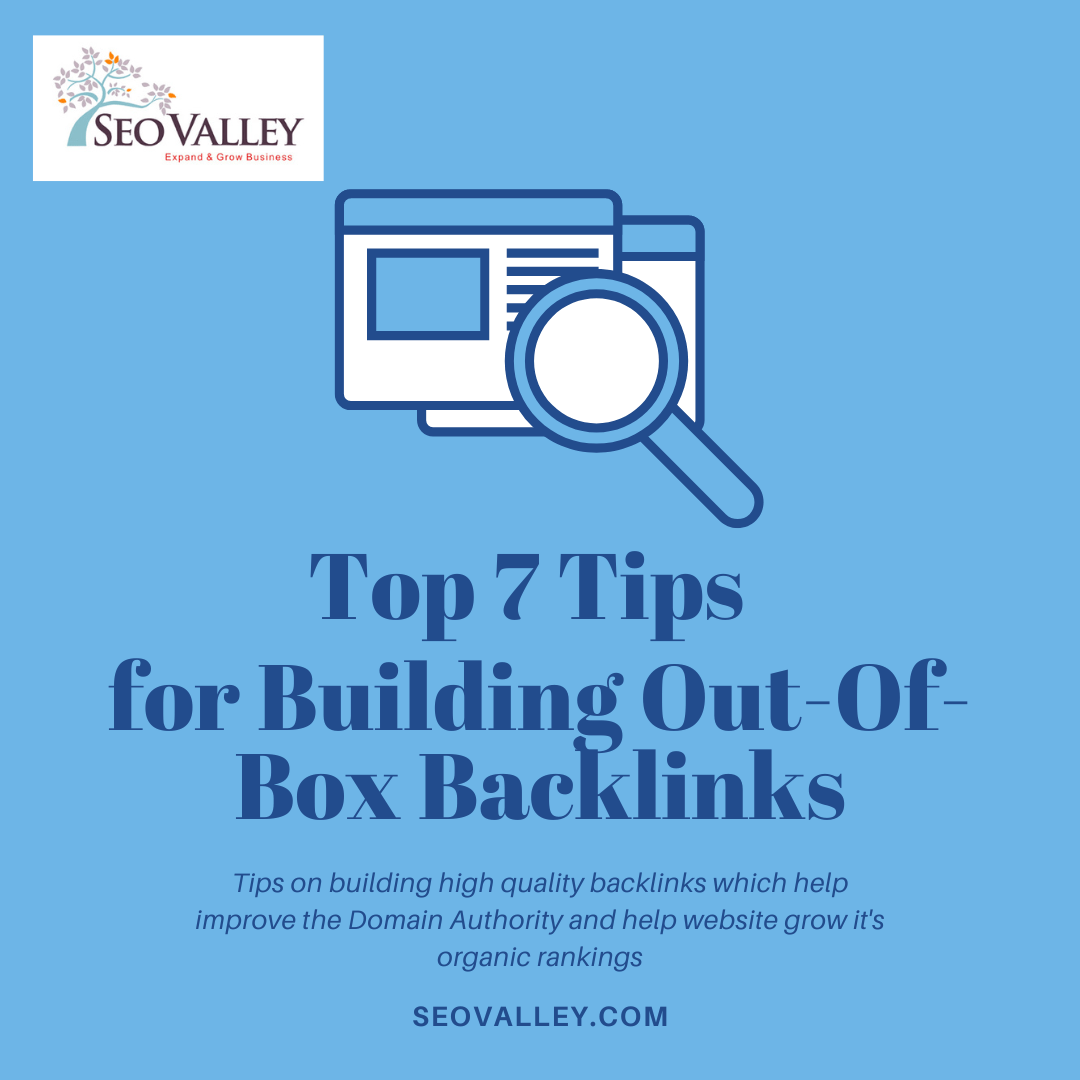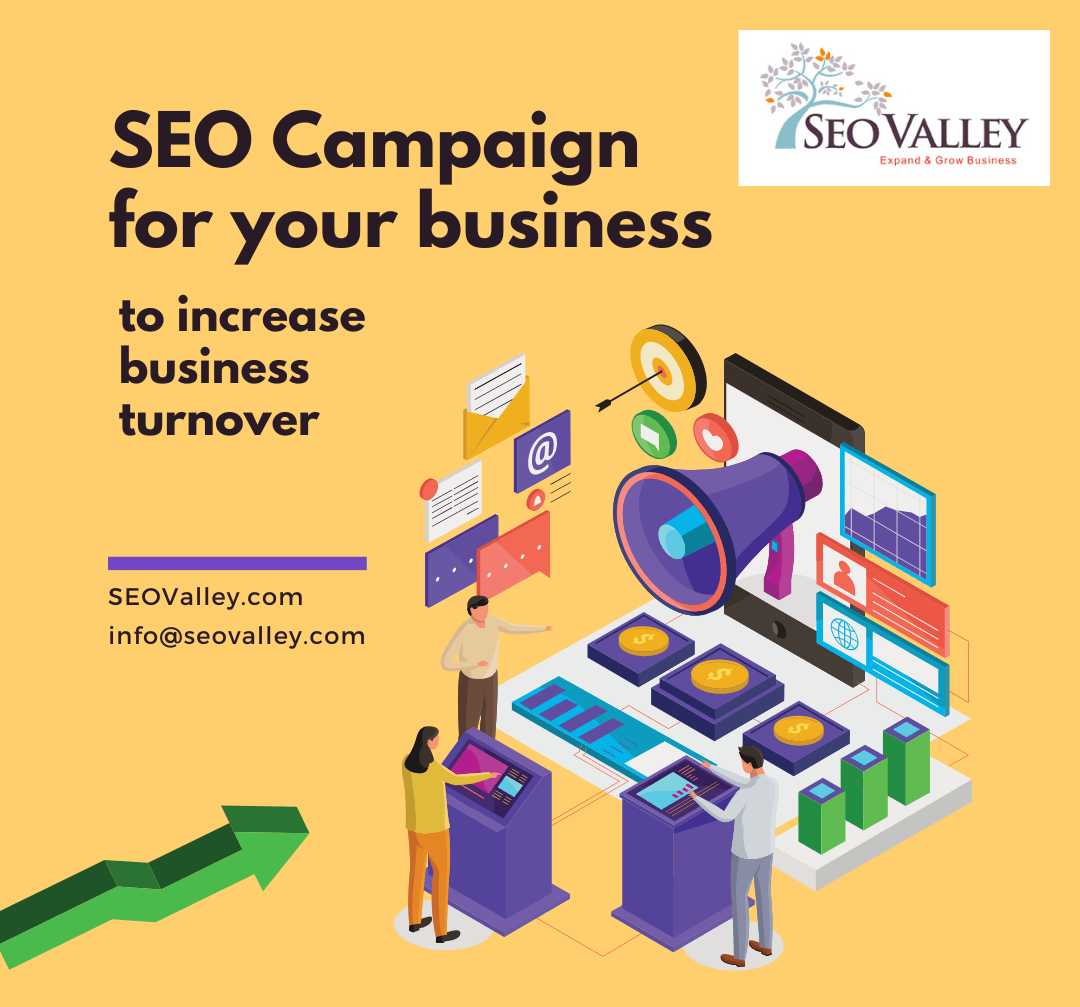A successful search engine optimization campaign begins at the grassroots level, starting with on-page SEO. Good on-page optimization does not only make a page rank higher—it can also earn more traffic from social media sites, convert visitors, and inspire sharing and linking across the web.
But with so many tasks involved in on-page optimization and endless lists of ‘best practices,’ beginners are often overwhelmed. This newsletter is our attempt at condensing the tenets of effective on-page SEO into an easy-to-digest guide.
Below we list the qualities that make up a well optimized page. If you want to be successful in on-page SEO, make it your goal to give your pages the following qualities:
Uniquely valuable
A well optimized page is authentic and goes beyond self-promotion. The quality of the content is perceptively higher than what can be typically seen in other pages. Proper on-page optimization means using remarkable multimedia, image, and text to make a page useful and relevant to visitors, ultimately prompting them to stay longer and explore some more.
Crawl/Bot accessible
The URL is ideally static—no dynamic parameters. Content is exclusive to the URL. Moreover, content should load in the HTML of the page instead of JS, iFrames, or AJAX. Visitors shouldn’t have to click more than four times within the site to reach a particular URL, and redirects from older or other versions of a page use rel=canonical or 301. If redirects occur, they should be direct (instead of going through redirect chains). Meta robot tags should enable indexing and crawling, and robots.txt file must not ban crawler access.
Provides superior user experience
On-page optimization means making navigation and content easier to understand. The design of the page should be user friendly, aesthetically pleasing and true to the brand, and the layout should make scanning the page easy. The page should also load fast; preferably, it should take no more than 0.5 seconds to respond and less than 4 seconds to load. The content should load properly on any browser or device, too.
You can use engaging videos, images, and diagrams to make the page look attractive, but do so sparingly to avoid overcrowding or overwhelming the reader. These elements—when used properly—can increase the time visitors spend on your page while reducing bounce rate to boost user interaction ranking.
Designed for social media sharing
The URL of a well optimized page is descriptive and catchy enough to get attention when shared on Facebook, Pinterest, and other social media platforms. Be sure to provide sharing options that make it easy for readers to post your content on their social media accounts.
Keyword targeted
Use primary keywords on the headline of the page and repeat them at least twice in the content. These words should appear in the URL, too. Make sure that the page targets the right intent and contains related keywords and phrases.
Integrates rich snippets, meta data, schema, and authorship
Page content must be associated with the publisher or author in the markup using Google+ rel=”publisher” or rel=”author” attribution. The page should likewise have the schema.org microdata markup and Google’s rich snippets as appropriate to the topic or content. Use secondary and primary keywords in the page’s meta description to encourage click-throughs from social media and search engine results pages. Avoid meta keywords unless they are for internal searches, and remember to administer hreflang as appropriate to a language or country.
The best way to get on-page SEO right is to hire specialists like SEOValley™. Our optimization experts have more than 15 years of experience and extensive knowledge in SEO and website evaluation. Contact us today for on-page SEO with guaranteed results.






